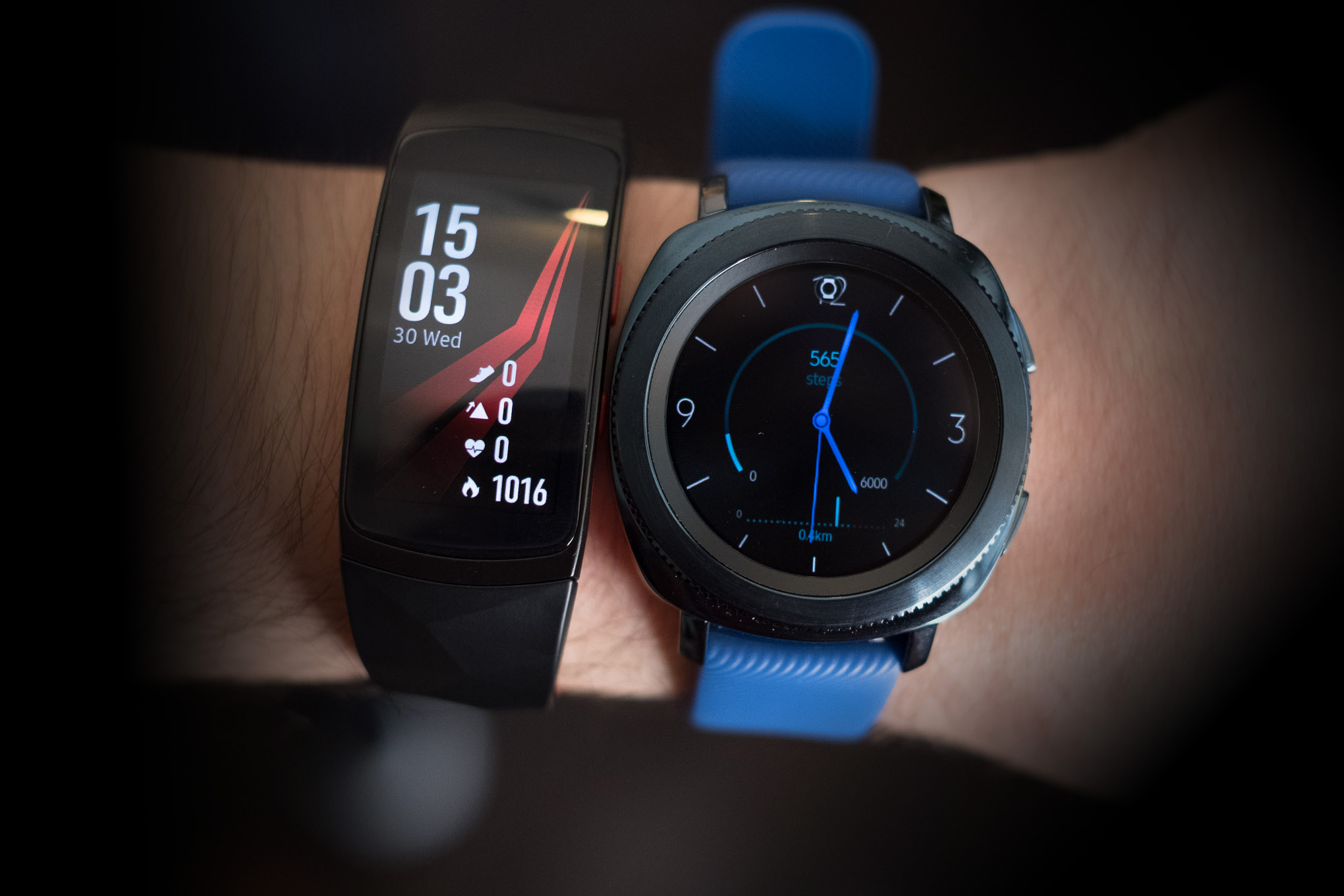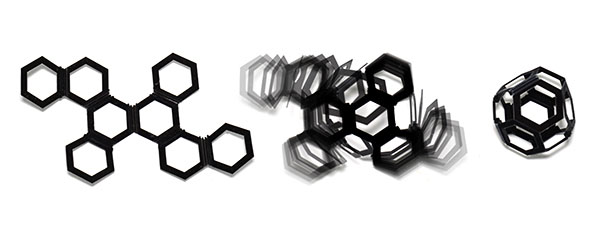
Google ARCore: Augmented Reality for the Masses
Unlike virtual reality, augmented reality has yet to capture the attention of the average consumer. Last year, the augmented reality market was valued at $2.39 billion, and it’s expected to reach $61.39 billion by 2023. Such a high growth-rate will only be possible if augmented reality comes to the masses, and Google has just announced a new software development kit for augmented reality that might do just that.ARCore, as Google calls its rich set of tools, frameworks, and APIs, is built on the fundamental technologies that power Tango, the company’s original augmented reality computing platform, but it differs in one crucial way: it doesn’t need any additional hardware to function.
Takes More Than Two to Tango
Google released Tango in 2014, enabling certain smartphones to detect their position relative to the world around them without using GPS or other external signals. Right from the get-go, developers we able to create apps for the platform that integrated motion-tracking, area learning, and depth perception using Tango’s C and Java APIs to access this data in real time.The main reason why we don’t hear about Tango just a few years after its launch is the terribly low number of smartphones that support it. On Tango’s official website, Google currently (September 2017) lists only two devices: the Lenovo Phab 2 Pro and the Asus ZenFone AR. The former is huge, and the latter doesn’t support FDD-LTE band 12. So, not exactly a great selection.
In the day and age of affordable Chinese brands like Xiaomi, Meizu, and Huawei releasing affordable smartphones with amazing specifications on a steady basis, the average consumer simply has too many other interesting options to even consider buying a specific smartphone just to try augmented reality. In 2017, augmented reality is still just an intriguing toy, not a major selling-point.
“We’ve been developing the fundamental technologies that power mobile AR over the last three years with Tango, and ARCore is built on that work. But, it works without any additional hardware, which means it can scale across the Android ecosystem,” said Dave Burke, Google’s vice-president for Android, in the release statement.
“ARCore will run on millions of devices, starting today with the Pixel and Samsung’s S8, running 7.0 Nougat and above. We’re targeting 100 million devices at the end of the preview. We’re working with manufacturers like Samsung, Huawei, LG, ASUS, and others to make this possible with a consistent bar for quality and high performance,” Burke added.
The goal here is to create a generic augmented reality platform that individual manufacturers can support as much or as little as they want. So far, the only known requirement is a minimum SDK version of Android 7.0 (Nougat). It’s possible that ARCore will, at least to some degree, run even on older versions of Android, but that’s something that still needs to be tested. From the point of view of Android developers, ARCode will be yet another functionality they can use to enrich their apps.
ARCore Versus Other Augmented Reality Platforms
Google is slightly late to the augmented reality party. Apple introduced its augmented reality platform, ARKit, back in June, and third-party developers have already used it to produce a host of clever experiments that anyone with an Apple device with either the A9 or the A10 (or newer) processor can try.In April, at this year’s F8 keynote, Facebook introduced the company’s augmented reality platform, which focuses on artificial intelligence-powered cameras. “We’re making the camera the first augmented reality platform,” said Zuckerberg.
With so much competition and such high stakes, ARCore needs to give developers exceptional tools and flawless performance to avoid the fate of Tango. On this front, Google focuses on three things: motion tracking, environmental understanding, and light estimation.
Using the combination of Java/OpenGL, Unity, and Unreal, developers can use ARCore to determine both the position and orientation of the phone as it moves to keep virtual objects accurately placed in the real environment. The same points that ARCore uses for motion tracking are also used to keep objects accurately placed on horizontal surfaces, such as a floor or a table. Finally, “ARCore observes the ambient light in the environment and makes it possible for developers to light virtual objects in ways that match their surroundings, making their appearance even more realistic,” explains Burke.
To further support augmented reality development, Google developed Blocks and Tilt Brush. Blocks is a simple 3D modeling tool designed to make creating 3D models as accessible as possible. Artists can share their creations with others and easily use them for their own projects. Tilt Brush is a virtual reality painting application with an intuitive interface. Together with Blocks, Tilt Brush gives developers everything they need to create beautiful assets in a natural and fun way.
“We think the Web will be a critical component of the future of AR, so we’re also releasing prototype browsers for web developers so they can start experimenting with AR, too. These custom browsers allow developers to create AR-enhanced websites and run them on both Android/ARCore and iOS/ARKit,” said Burke.
Search is one area where augmented reality could prove to be tremendously useful, which is a big deal considering that Google is essentially synonymous with search in general. With the help of artificial intelligence, Google could one day be able to overlay assembly instructions on Ikea products, take recipes to a whole new level, or shatter language barriers.
ARCore success now depends on how well the technology will work in practice. Unlike with the company’s previous augmented reality platform or Apple’s ARKit, most Android users will experience ARCore through budget and mid-range devices, with lower resolution cameras and weaker CPUs. Unless ARCore works acceptably well outside the high-end smartphone category, most Android users won’t be interested in new augmented reality apps, and developers thus won’t be interested in making them.


